Creativity and problem-solving abilities are now crucial for success in any area in today’s fast-paced society. Education in robotics is one unexpected way to develop these essential skills. For students, learning about robots is like entering a world where knowledge can be experienced practically. Real robots are available for them to build, program, and experiment with. By encouraging kids to go beyond merely learning theoretic information and putting what they’ve learned into practice, this immediate engagement encourages their creativity.

Students who study robotics frequently face practical problems for which creative solutions are required. Robotics offers many chances for inventive problem-solving, whether it’s developing a robot to help with disaster relief operations, automating activities in industries, or exploring unexplored space. For instance, MIT students created a robot that could autonomously disinfect rooms during the COVID-19 outbreak, demonstrating how robotics may solve urgent real-world problems.
Furthermore, Robotics education is inherently interdisciplinary. To successfully build and program robots, students must draw from various fields such as mathematics, engineering, computer science, and even art and design. This interdisciplinary approach encourages creativity as students learn to see connections between seemingly unrelated subjects. For instance, a student interested in creating a robot that mimics animal behavior may need to delve into biology and biomechanics to understand the nuances of movement.

In the world of robotics, trial and error are par for the course. Not everything works perfectly on the first attempt, and that’s perfectly fine — it’s even encouraged. When students encounter setbacks or failures while building or Programming a robot, they’re presented with opportunities to brainstorm alternative solutions and refine their approach. This iterative process hones their problem-solving skills and encourages them to think outside the box.
Sometimes, working within limitations can lead to ground-breaking innovations. Consider the story of the “Jugaad” robot developed by students in India. Faced with limited funding and resources, they created a robot using recycled materials, demonstrating that creativity thrives when challenged by constraints.
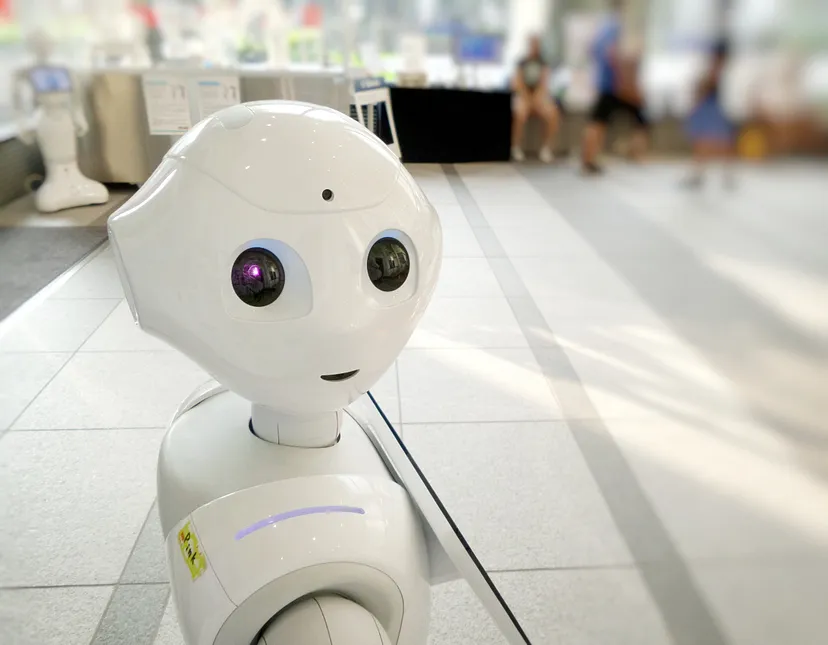
Inclusivity and Diversity are becoming more stressed in robotics education. Students from various backgrounds collaborate to learn and invent, and they each bring their own ideas and methods of problem-solving to the table. This variety of viewpoints encourages innovation and improves everyone’s educational experience. Robotics is more than just a field of study; it’s an adventure that encourages creativity and equips people with the skills they need to thrive in a rapidly changing environment.

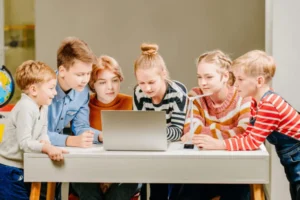
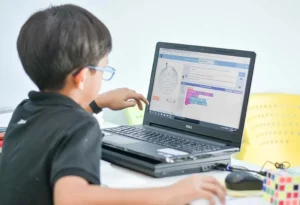
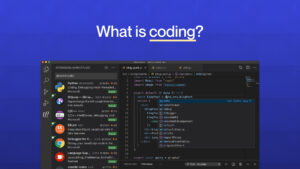
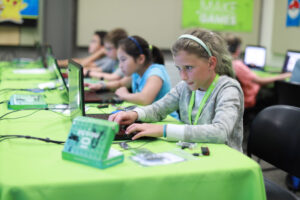
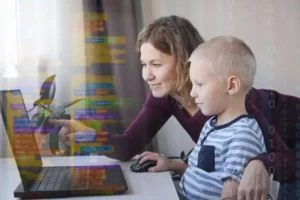

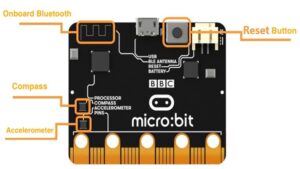
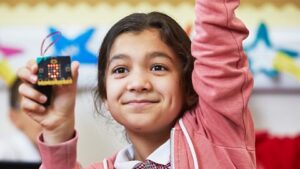
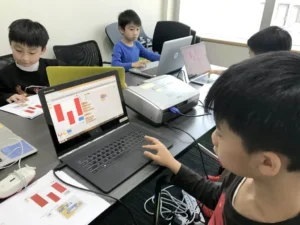
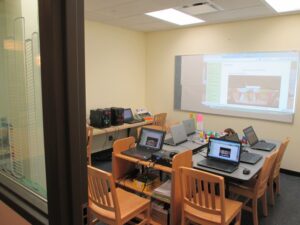

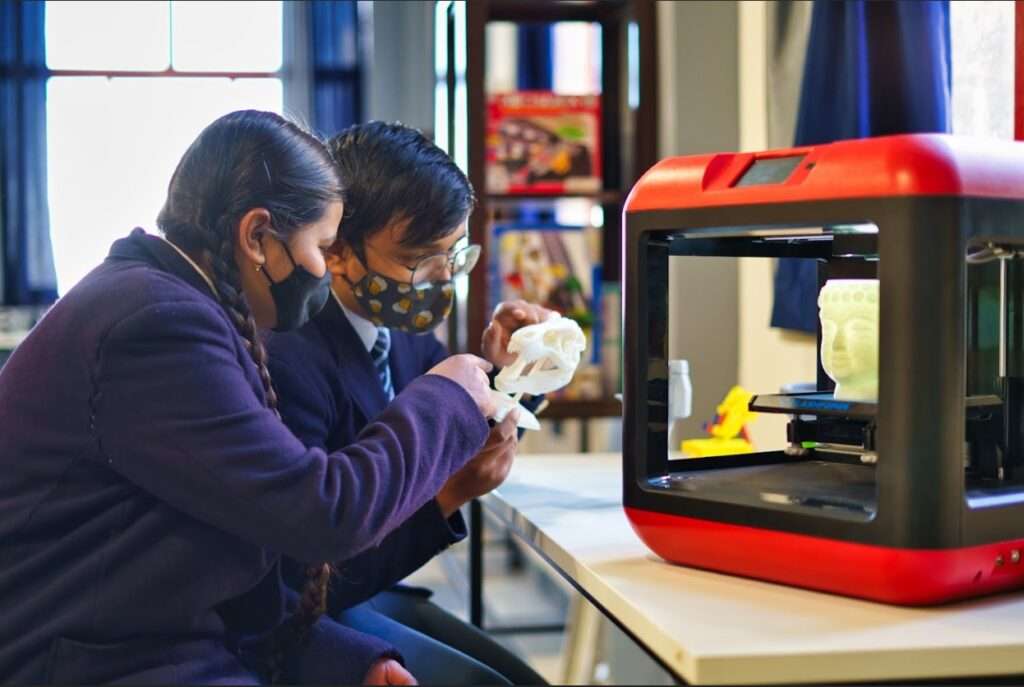
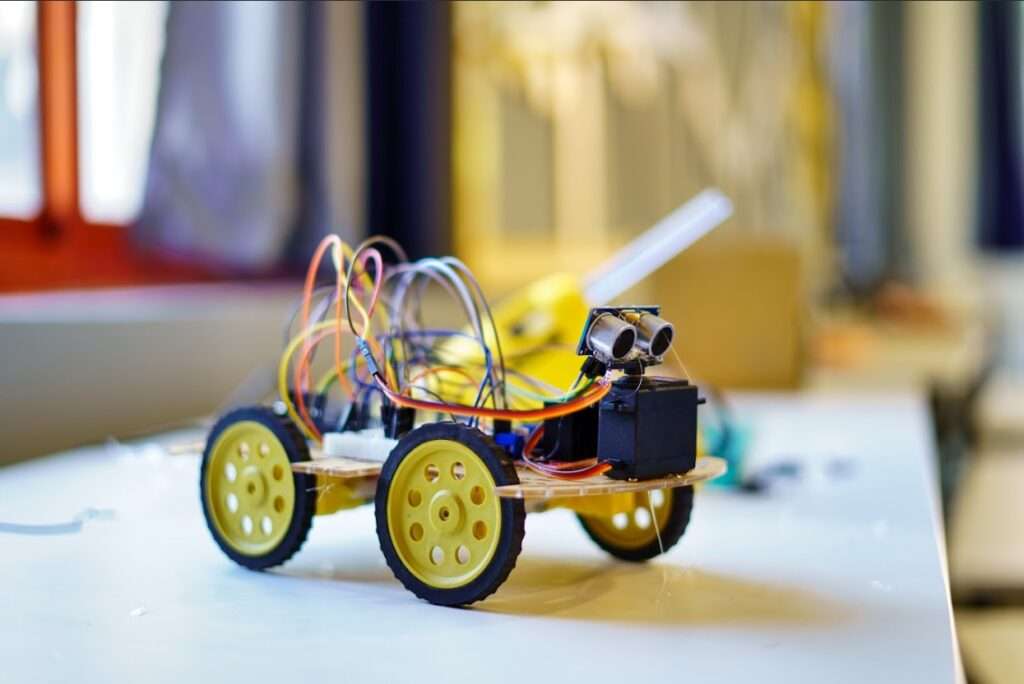
This Post Has 2 Comments
Hello, you’ve done a fantastic job. I’m sure my friends will find it helpful, so I’ll check it out and tell them about it.
This was really helpful